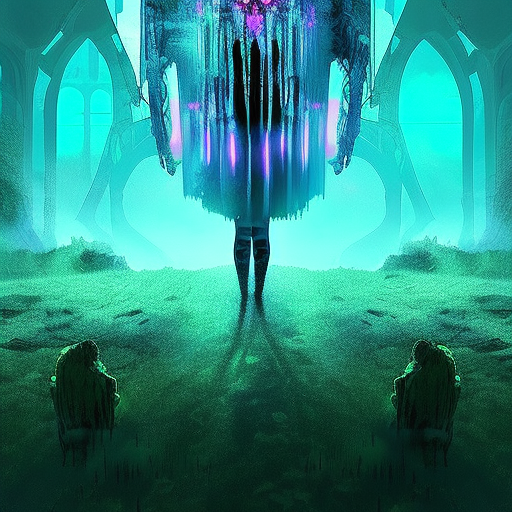One-line Summary:
Life After Life is a captivating novel by Kate Atkinson that explores the concept of reincarnation through the life of Ursula Todd, who is given multiple chances to relive her life and alter its course.
Introduction:
Life After Life by Kate Atkinson takes readers on a thought-provoking journey through the life of Ursula Todd, a woman who is repeatedly reborn and given the opportunity to change the course of her life. Set against the backdrop of early 20th-century England, this captivating novel explores themes of fate, choice, and the impact of small decisions on the trajectory of one’s life.
Ursula’s Many Lives:
The novel begins with Ursula’s birth on a snowy night in 1910, but her life is cut short before she can even take her first breath. However, in a twist of fate, Ursula is reborn and given another chance at life. This pattern repeats itself throughout the novel, with Ursula experiencing various deaths and rebirths, each time retaining some memories and lessons from her previous lives.
As Ursula grows older, she becomes increasingly aware of her ability to alter the course of events. She navigates through the tumultuous events of the early 20th century, including World War I, the Spanish flu pandemic, and World War II. In each life, Ursula faces different challenges and makes different choices, leading to vastly different outcomes.
The Power of Small Decisions:
Atkinson skillfully explores the idea that even the smallest decisions can have a profound impact on one’s life. Through Ursula’s multiple lives, the author demonstrates how seemingly inconsequential choices can lead to drastically different outcomes. A chance encounter, a missed opportunity, or a split-second decision can alter the course of Ursula’s life and the lives of those around her.
The novel also delves into the concept of the “butterfly effect,” where a small action in one life can have far-reaching consequences in subsequent lives. Ursula’s ability to learn from her past experiences allows her to make different choices and avoid the pitfalls that led to her previous deaths. This exploration of the power of choice and the interconnectedness of events adds depth and complexity to the narrative.
The Search for Meaning:
Throughout her many lives, Ursula grapples with the question of the meaning of life and the existence of fate. She wonders if her repeated reincarnations are a result of a higher purpose or simply a random occurrence. As she navigates through different relationships, careers, and historical events, Ursula seeks to find meaning and purpose in her existence.
Atkinson’s exploration of the search for meaning raises philosophical questions about the nature of life and the role of free will. Ursula’s journey prompts readers to reflect on their own lives and the choices they make, encouraging them to consider the impact of their actions on their own personal narratives.
Key Takeaways:
- Small decisions can have a profound impact on the trajectory of one’s life.
- The butterfly effect highlights the interconnectedness of events and the far-reaching consequences of seemingly insignificant actions.
- The search for meaning and the existence of fate are central themes in the novel.
“What if we had a chance to do it again and again, until we finally did get it right? Wouldn’t that be wonderful?” – Kate Atkinson, Life After Life
In Life After Life, Kate Atkinson weaves a captivating tale that challenges conventional notions of time, fate, and the power of choice. Through Ursula Todd’s multiple lives, readers are invited to contemplate the impact of small decisions, the interconnectedness of events, and the search for meaning in life. Atkinson’s masterful storytelling and thought-provoking exploration of these themes make Life After Life a truly unforgettable read.












